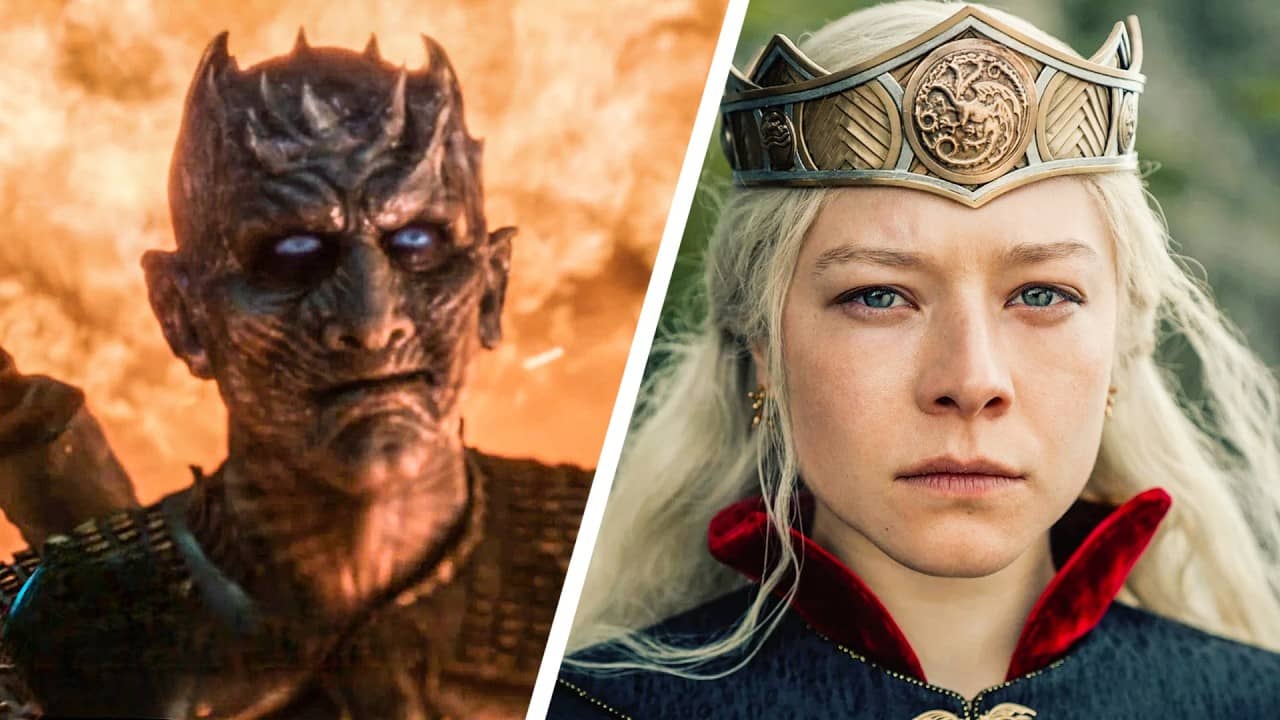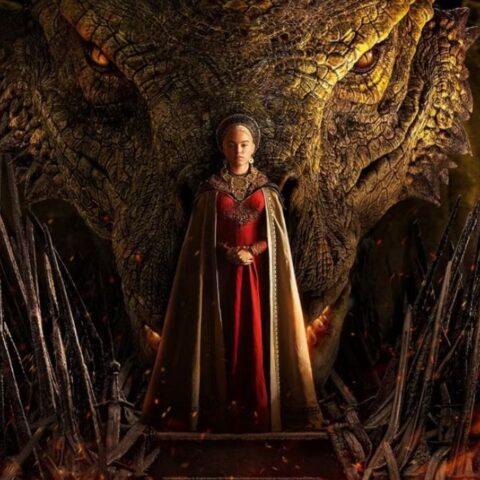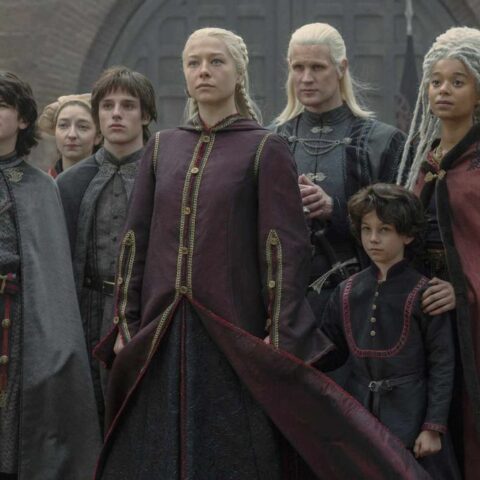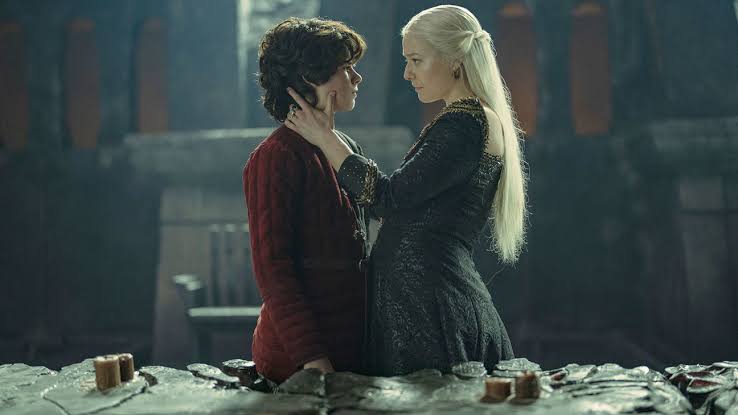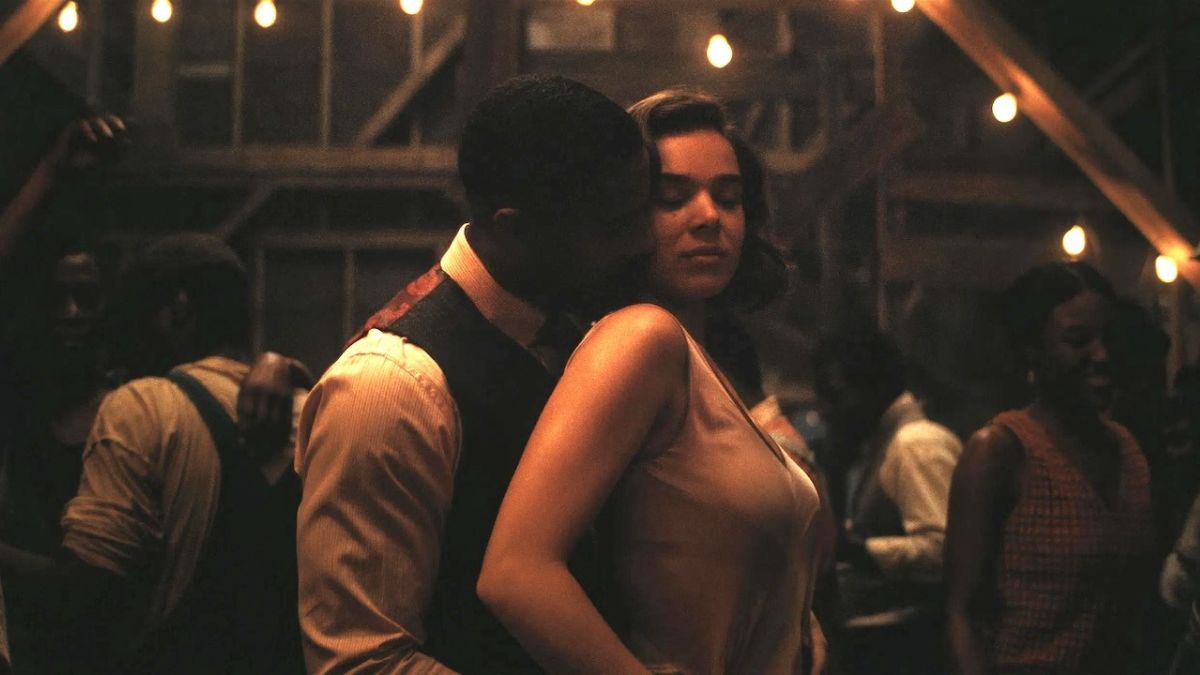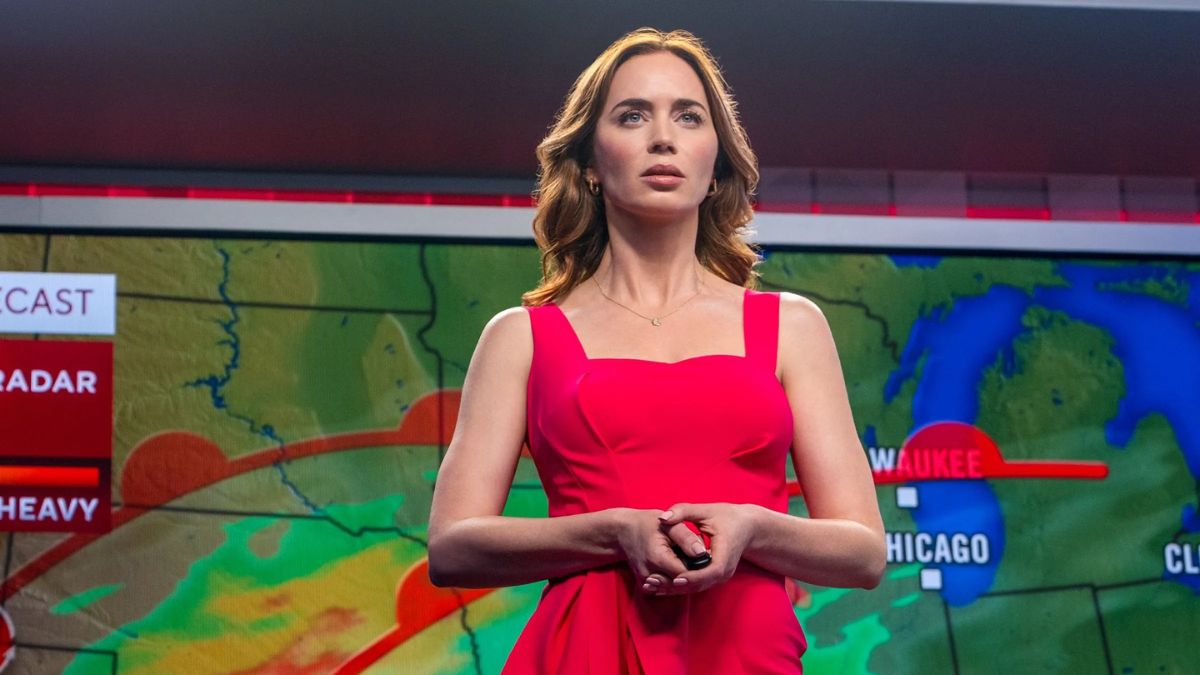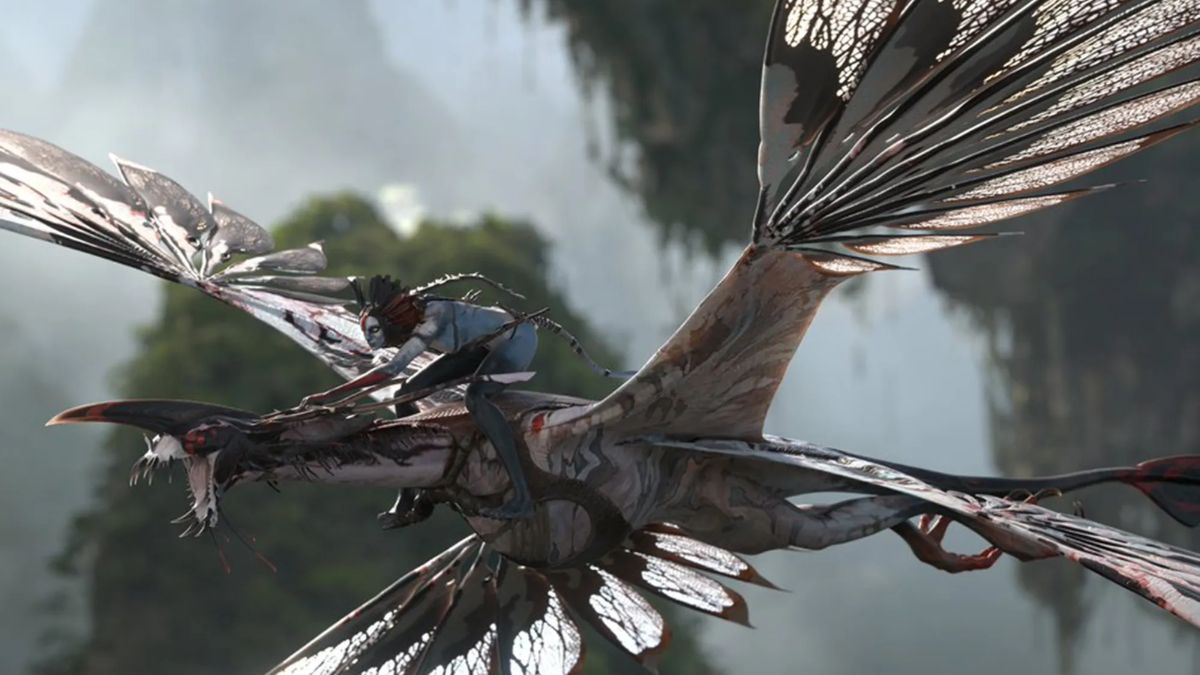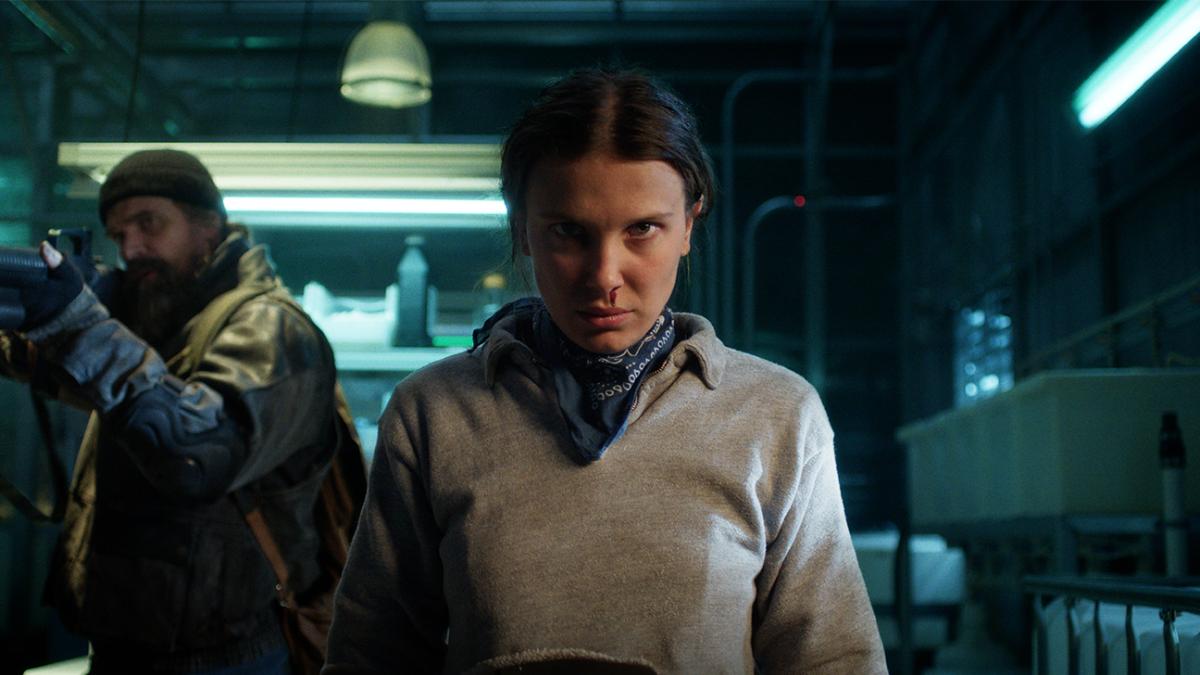House of the Dragon, the prequel to Game of Thrones, has provided answers to many lingering questions from the original series.
Here are the top fifteen questions that have been addressed, shedding light on the lore and history of Westeros.
1. What Started the Targaryen Civil War?
The Targaryen Civil War, known as the Dance of the Dragons, was ignited by a succession dispute between Rhaenyra and Aegon II. The conflict arose from misunderstandings and the struggle for control of the Iron Throne, leading to devastating consequences for both factions.
2. How Many Dragons Did the Targaryens Have at Their Height?
At the height of their power, the Targaryens possessed a significant number of dragons. House of the Dragon reveals that the Blacks had 13 dragons, including riderless ones, while the Greens had four. This number dwindled over time due to various conflicts.
3. Can Fire Burn Dragons?
Contrary to the belief that dragons are immune to fire, House of the Dragon reveals that they can indeed be harmed by flames. During the Battle of Rook’s Rest, Vhagar’s fire severely injures both Aegon and his dragon, Sunfire, indicating that while dragons are resistant, they are not completely fireproof.
4. How Much Control Did the Targaryens Have Over Dragons?
House of the Dragon challenges the notion that Targaryens had absolute control over dragons. While they shared a bond with these creatures, their ability to command them was often more illusionary than real, as demonstrated when dragons acted independently during critical moments.
5. Can a Riderless Dragon Be Reclaimed?
The series explores the concept of riderless dragons and their potential to be reclaimed. While it is possible for a dragon to accept a new rider, this depends on the dragon’s temperament and the rider’s skill, adding complexity to the bond between dragons and their riders.
6. Why Did Aegon Conquer Westeros?
While Aegon’s conquest is often attributed to his ambition and the power of his dragons, House of the Dragon introduces a deeper motivation: Aegon had a prophetic vision about the looming threat of the White Walkers, which he believed necessitated Targaryen rule over Westeros.
7. Were the Targaryens the Only House to Escape the Doom?
The assumption that the Targaryens were the sole survivors of the Doom of Valyria is proven incorrect. House Velaryon, also of Valyrian descent, survived the catastrophe and played a crucial role in Westerosi history alongside the Targaryens.
8. Who Was Rhaenyra Targaryen?
Rhaenyra Targaryen, a pivotal figure in the Targaryen Civil War, is explored in depth. The series clarifies her claim to the Iron Throne and the legitimacy of her right to rule, which was contested by her half-brother Aegon II.
9. Did the Seven Kingdoms Battle External Foes?
House of the Dragon illustrates that the Seven Kingdoms faced external threats, notably the conflict between House Velaryon and the Triarchy, an alliance of Free Cities from Essos. This external conflict is significant in the broader context of Westerosi history.
10. How Did the Prophecy Survive in Ancient Books?
The prophecy of the Prince That Was Promised, a central theme in both series, was preserved through oral tradition and prophetic visions passed down through the Targaryen line. House of the Dragon elaborates on how this prophecy was maintained by both the Targaryens and the Red Priests.
11. Are All Targaryens Fireproof?
While Daenerys Targaryen is depicted as permanently fireproof, House of the Dragon reinforces that not all Targaryens share this trait. Characters like Viserys and Aegon can suffer burns, emphasizing that Targaryens have heat resistance but are not completely immune to fire.
12. How Do Dragons Fight Each Other?
House of the Dragon delves into dragon-on-dragon combat, showcasing fierce aerial battles where dragons lock claws, bite, and breathe fire at one another. This adds a dramatic and terrifying dimension to dragon warfare that was only hinted at in Game of Thrones.
13. Who Cares for Dragons When They’re Not Being Ridden?
In Game of Thrones, Daenerys personally cares for her dragons, but House of the Dragon introduces the Dragon Keepers, a specialized order dedicated to the care, training, and hatching of dragon eggs. Their role is crucial in maintaining the health and happiness of these magnificent creatures.
14. Why Didn’t Dragons Explore Beyond the Wall?
Despite their immense power, dragons avoided crossing the Wall. When King Jaehaerys I and Queen Alysane visited the Wall, their dragons refused to fly beyond it, suggesting even the mightiest of creatures were wary of the unknown, as shown when Daenerys’s dragons first encountered the White Walkers.
15. Where Did Daenerys’s Dragon Eggs Come From?
Daenerys’s dragon eggs, which she received in Game of Thrones, were actually hatched by Syrax, Rhaenyra’s dragon, and later collected by Daemon Targaryen. During the Dance of the Dragons, Rhaenyra sent the eggs, along with her children, to the Vale, eventually reaching Pentos.
These revelations from House of the Dragon enrich the lore of Westeros and provide fans with a deeper understanding of the complex history and characters that define the Targaryen legacy.

